Chaac is a pivotal deity in the pantheon of the ancient Maya civilization, revered as the god of rain, lightning, and thunder. His significance is deeply rooted in the agricultural society of the Maya, where water was a crucial resource for survival and prosperity. Chaac’s role extended beyond mere meteorological phenomena; he was a guardian of fertility and growth, embodying the life-giving aspects of water.
The Ancient Maya
Ancient Maya Historical Sites and Ruins
Maya Mythology
Gods and Goddesses
| Kukulkan |
| Chaac |
| Ix Chel |
| Ah Puch |
| Itzamna |
Ancient Maya Artifacts
| Chac Mool |
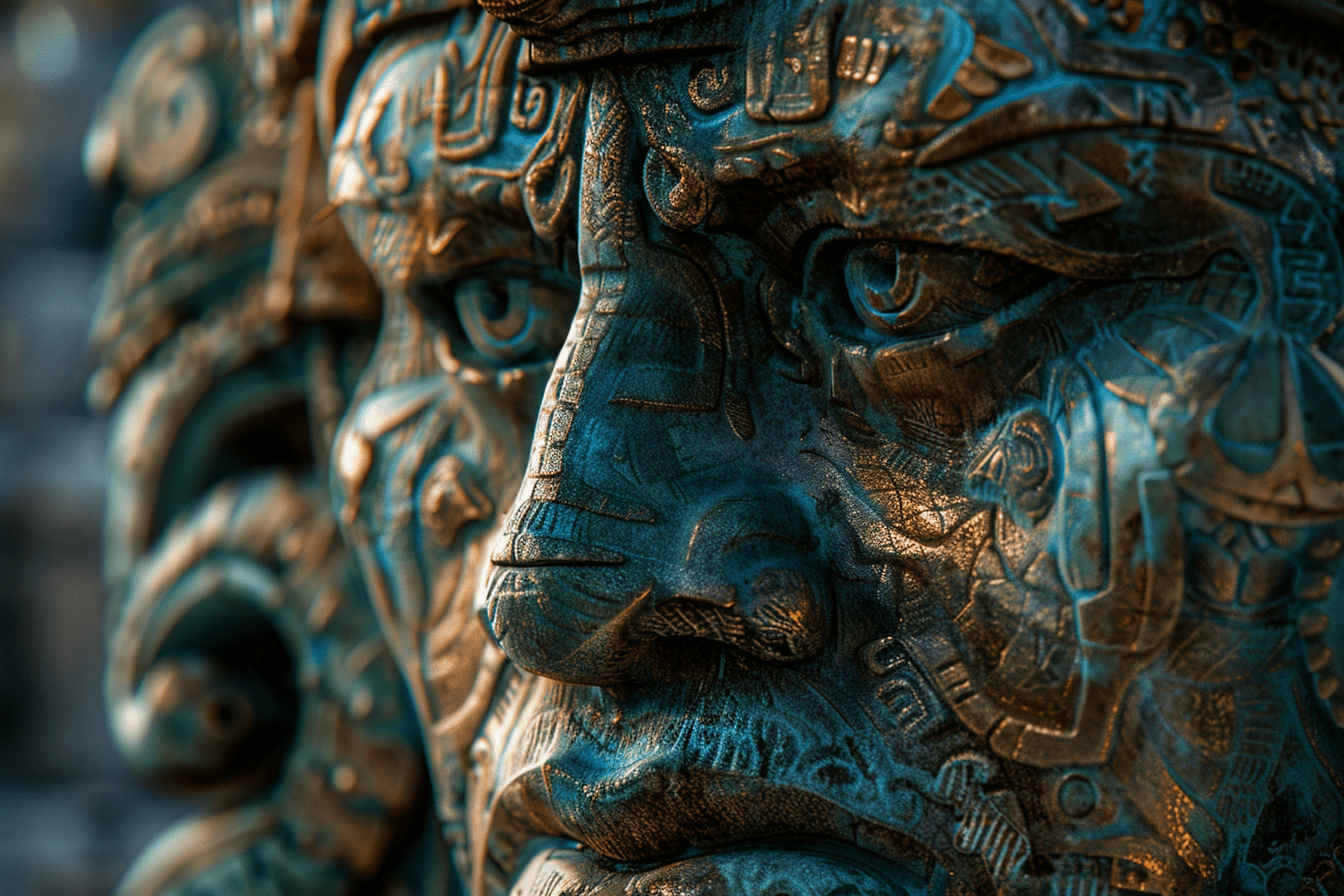
Kukulkan
Kukulkan, often depicted as a feathered serpent, is a central figure in Maya mythology. This deity bridges the gap between the heavens and the Earth, embodying the essential elements of wind and water. The mythology surrounding Kukulkan is rich with tales of creation, guidance, and endowment of knowledge to the Maya people, illustrating the god’s integral role in the formation of the world and the sustenance of life.
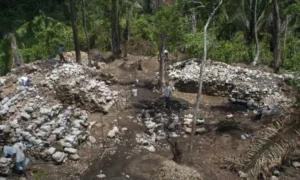
Pusilha
Pusilha is an ancient Maya archaeological site located in the Toledo District of Belize. It was once a thriving city-state within the Maya civilization, known for its unique stelae and intricate hieroglyphic inscriptions. The site includes a range of structures, such as pyramids, plazas, and a ball court, which offer insights into the political, social, and economic life of the Maya. Pusilha holds a wealth of information for understanding the complex history of the Maya people and their interactions with surrounding city-states.
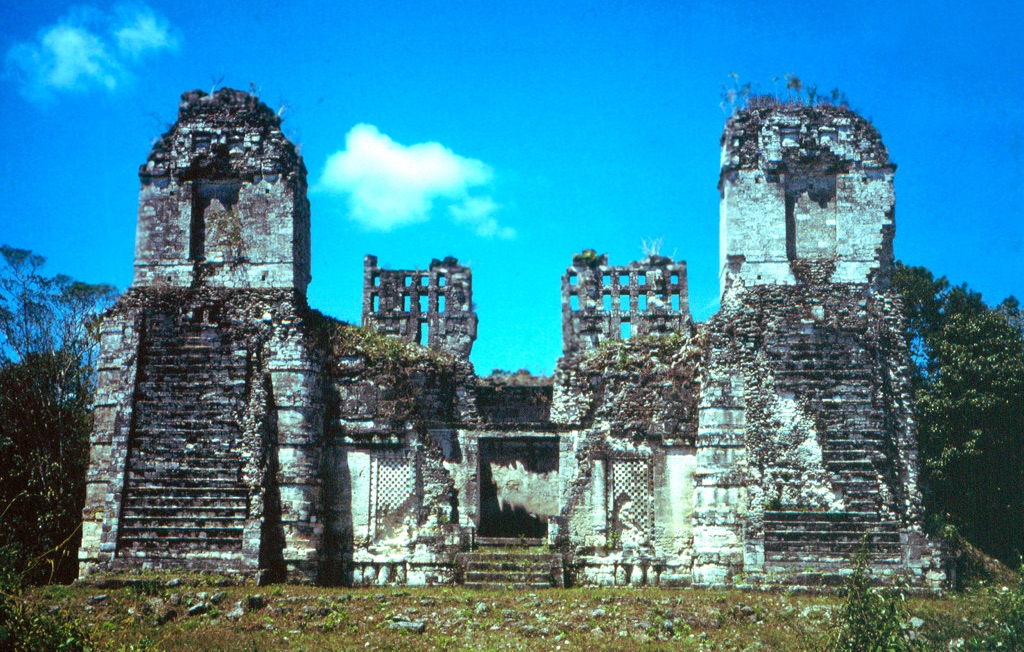
Río Bec
Río Bec is a distinctive architectural style of the ancient Maya civilization, prevalent in the lowlands of what is now the southern part of the Mexican state of Campeche. It is characterized by its unique twin-pyramid complexes, ornate facades, and the use of false temple pyramids which are not designed to be entered. The Río Bec region flourished during the Late Classic period of Mesoamerican chronology, roughly from the 7th to the 11th century AD. The structures are notable for their resemblance to the central Mexican architectural style, yet they retain a local Maya flavor, indicating a complex cultural exchange between regions.
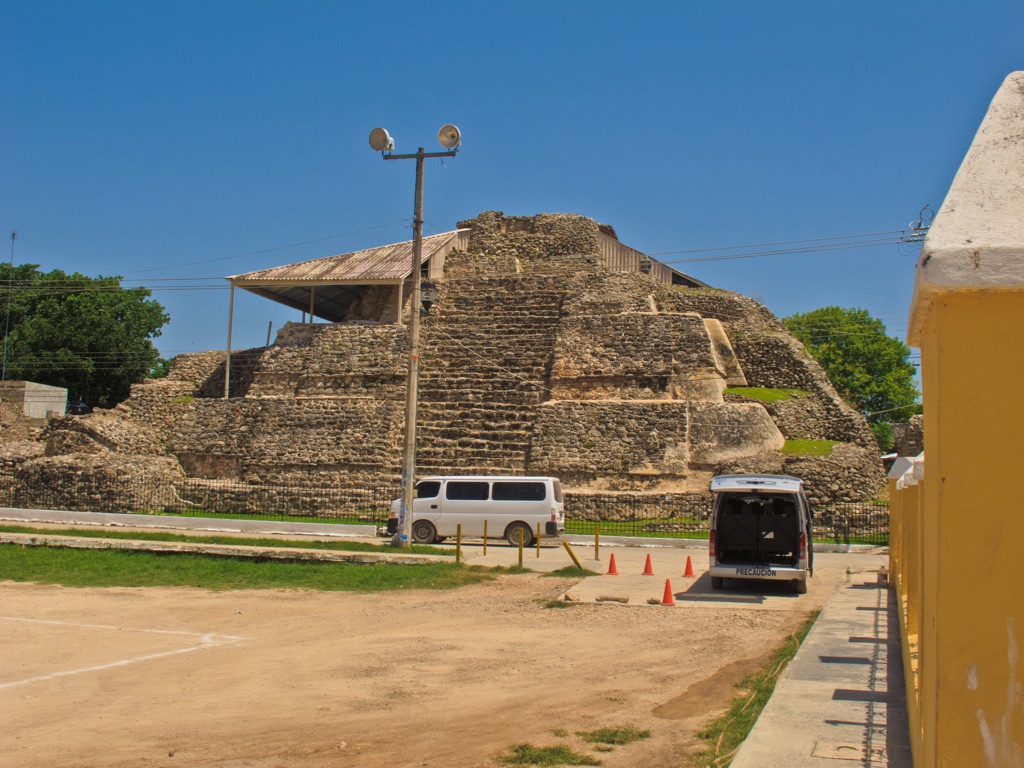
Acanceh
The Acanceh Maya ruins are a captivating historical site located in the Yucatan Peninsula of Mexico. These ruins showcase the remnants of a pre-Columbian Maya civilization. They offer a glimpse into the complex society that once thrived in this region. The site includes several structures, such as pyramids and palaces, which display the architectural prowess of the Maya people. Acanceh stands out for its unique blend of architectural styles and the presence of stucco reliefs, which are rare in the region.
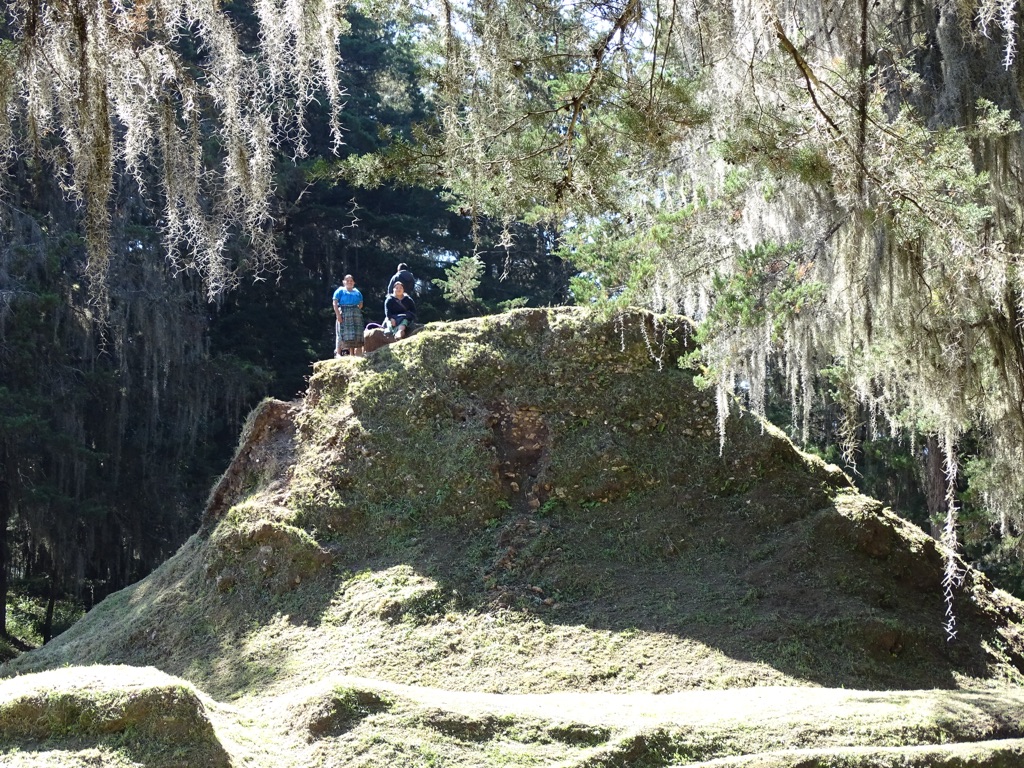
K’umarcaaj
K’umarcaaj, once known as Q’umarkaj, is a pre-Columbian Maya archaeological site in the highlands of Guatemala. It served as the capital of the K’iche’ Maya kingdom from the 15th century until it was conquered by the Spanish in the early 16th century. The site is notable for its unique architecture, including palaces, temples, and Mesoamerican…

